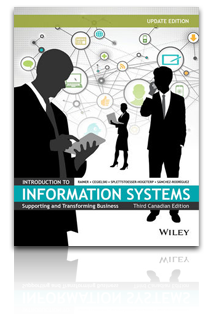Description: Software enabling IBM to find patterns in crime data is one of thousands of so-called smart-city projects aimed at improving urban services around the world
Source: www.businessweek.com
Date: December 5, 2011

Memphis Police Lieutenant Paul Wright arrived at a shooting scene in the city’s Frayser neighborhood on Nov. 17, just as an ambulance was speeding away with the injured victim.
An instant later, a nearby officer pulled out an HTC Corp. smartphone to file a police report. Within an hour, the information would be scoured by International Business Machines Inc. software, helping the Memphis Police Department determine whether the incident was part of a widespread pattern. READ REST OF STORY
Questions for discussion:
- Do you feel that the use of data analytics in the area of crime prevention is always ethical? Why or Why not?
- What other areas of our society would benefit most from the use of this data analytics technology?








